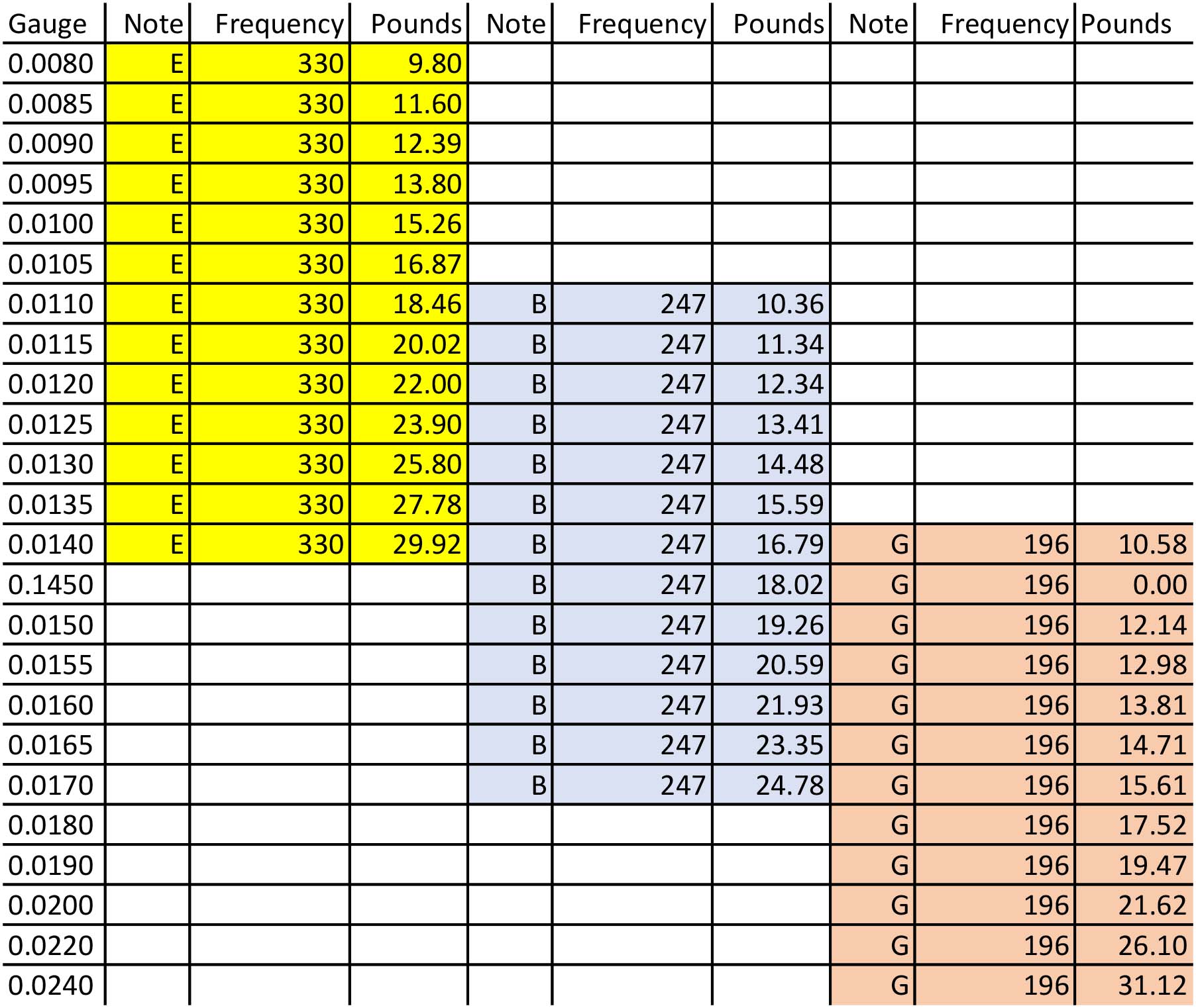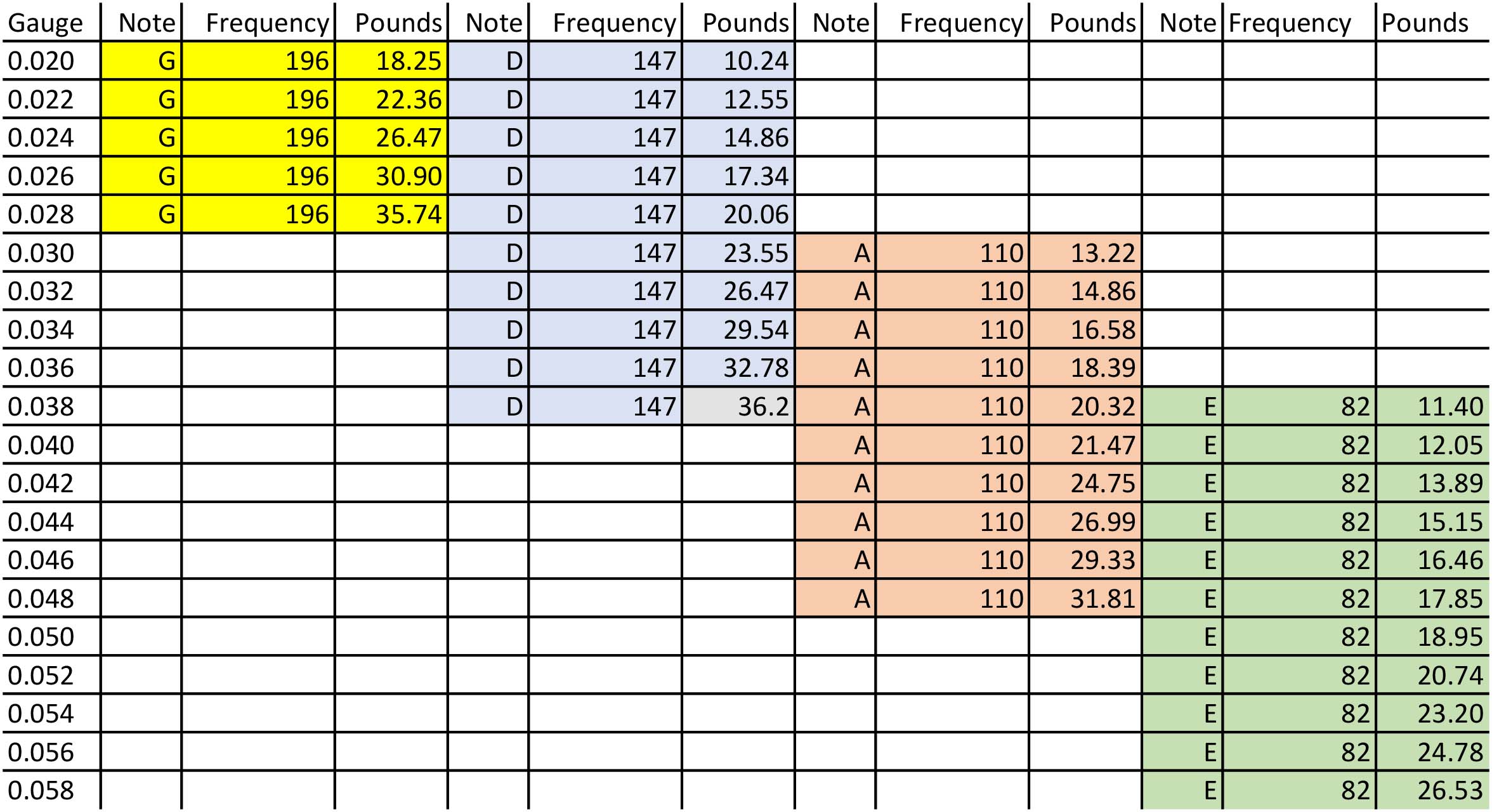Guitar Strings Tuning Frequency

Sound waves are made up of different frequencies measured in Hertz Hz.
Guitar strings tuning frequency. Across music the A above middle C A4 440 HZ is used as a standard reference pitch for tuning instruments. What each string frequency is depends on what you tune them to. If your guitar is tuned well keep tuning it and let the other strings resonate ie.
This will give you an A note that will sound exactly like how you want the open 5th string to sound. The standard tuning of a guitar consists of E2 A2 D3 G3 B3 E4 from the lowest string to the top. This will give us a better idea of how to tune the guitar string-by-string.
The guitar string frequency is the number of times a string displaces by its maximum amplitude one full cycle in one second after being struck. If playback doesnt begin shortly try restarting your device. Guitar strings can be measured just like any other frequency.
When the string is sounded without pressing the string at any fret open the note sounded is a E4. Active play changes in ambient temperature humidity long-term storage - all this can ruin the sound. Guitars tuned to standard should be done so using a 440 Hz tuning fork.
Guitar Standard Tuning In Standard tuning the thinnest string usually called the first string bottom most on guitar and topmost on the above diagram is tuned to a E4 note. Even if you play a little but have not tuned your guitar for more than a week most likely it will require tuning. Their corresponding Hertz Hz frequencies are 82 110 147 196 247 and 300 Hz.
You will hear a rise and fall like a wobbling in the volume of the harmonics the high pitched ringing noise. In modern music 440Hz has been established as the tuning standard. As a rule 1 hour of continuous play is enough to make it necessary to correct the sound.


















